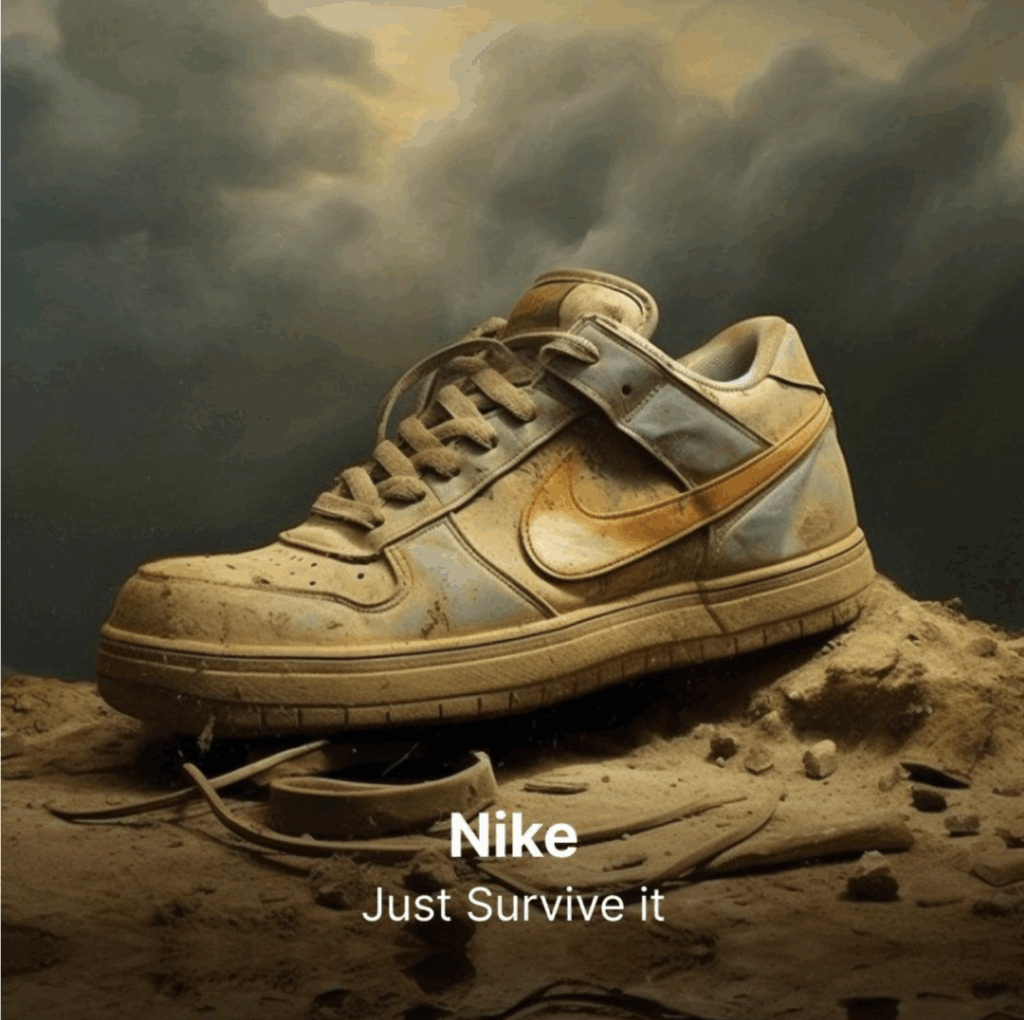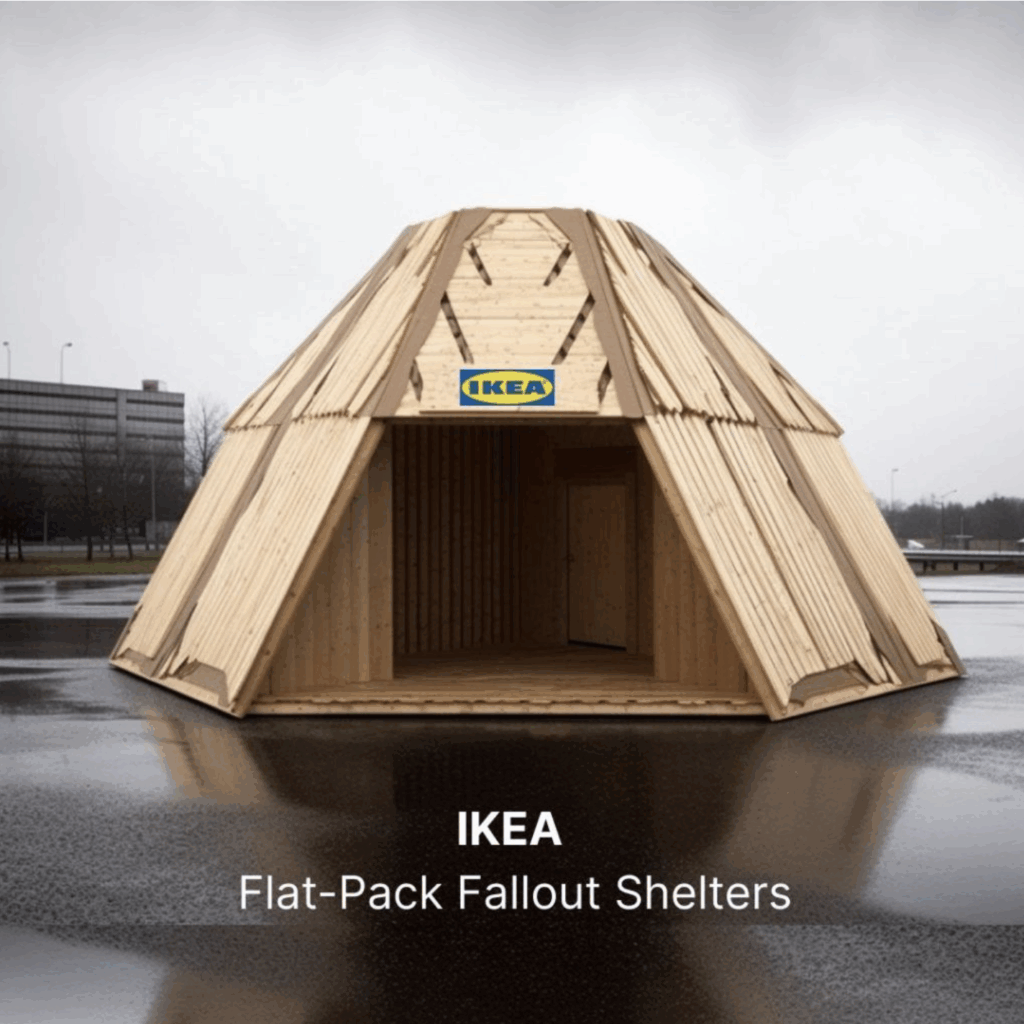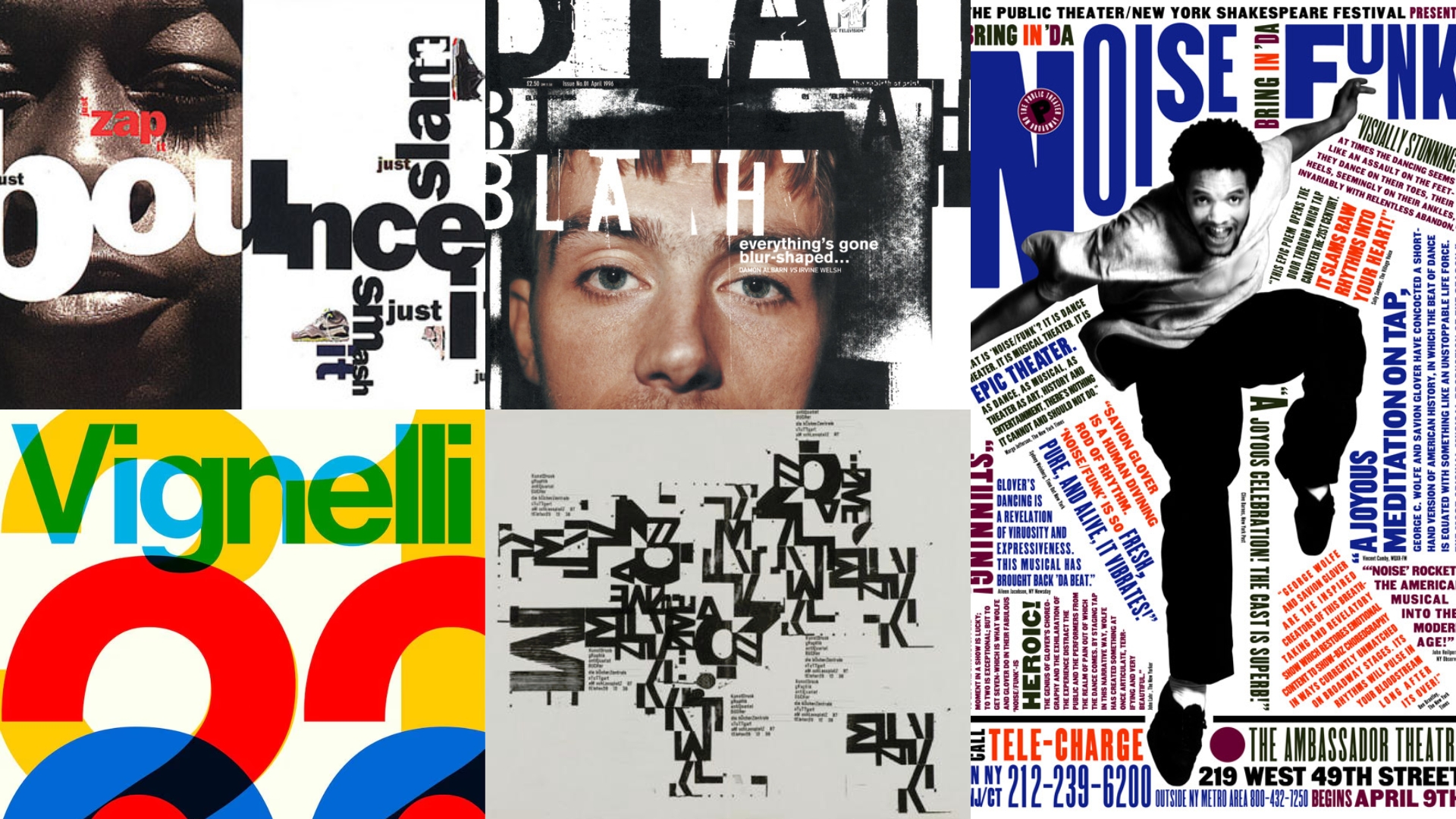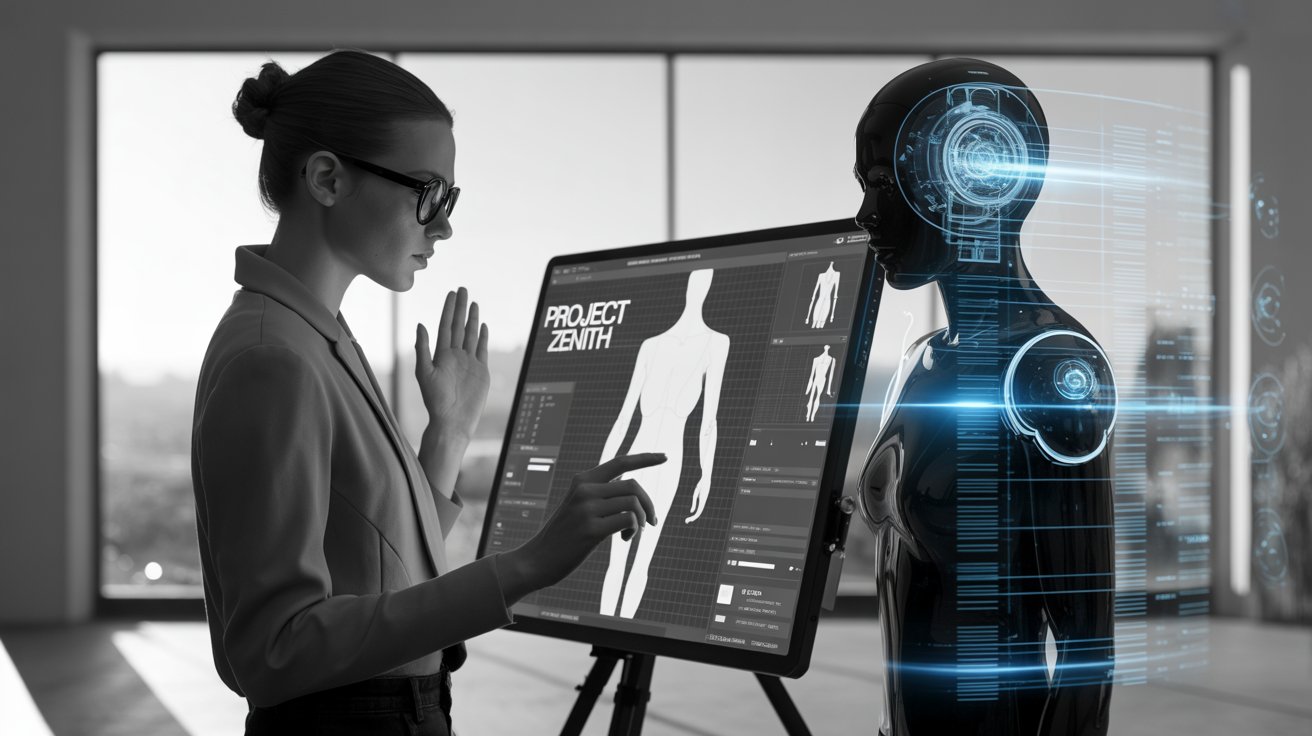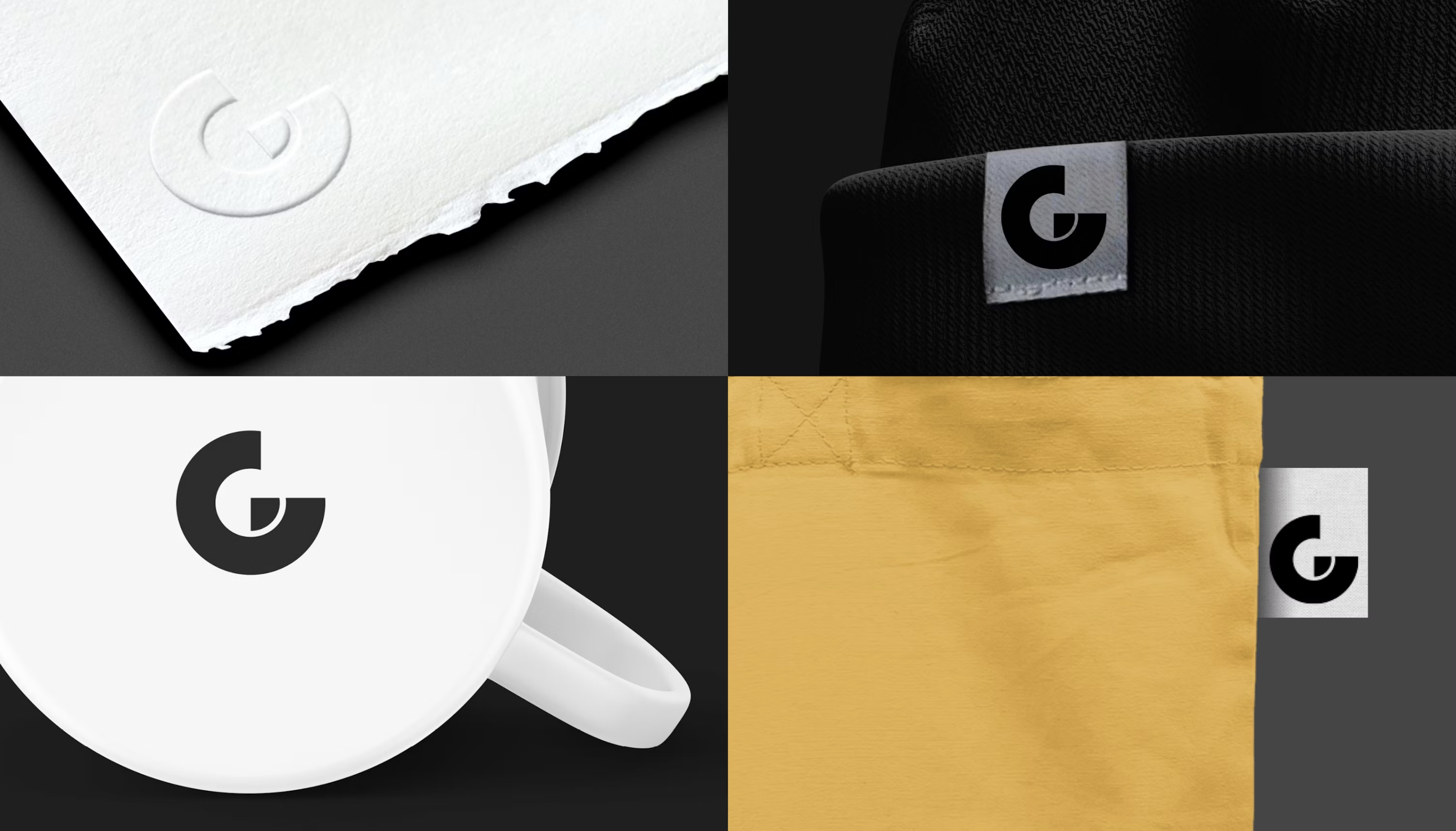What does sustainable design look like in a time of climate crisis and social collapse?
As the climate emergency deepens and global systems destabilize, a new visual language is emerging. Across brand identities, digital content, packaging, and editorial design, creatives are responding to more than trends—we’re responding to emotional reality.
This is the rise of climate-aware design, collapse-conscious branding, and apocalypse-core aesthetics—a visual and ethical shift toward design that speaks to uncertainty, survival, and sustainability.
What Is Apocalypse-Core Design?
Apocalypse-core is a visual aesthetic shaped by survivalist themes, dystopian influence, and utilitarian design.
Once fringe, it’s now appearing in everything from fashion to user interfaces to sustainable packaging. Common traits include:
- Muted, earthy color palettes
- Frayed edges, distressed materials, lo-fi textures
- Brutalist typography and glitch visuals
- Minimalist, analogue-inspired UI/UX
These visuals reflect a deep sense of climate anxiety—honest, raw, and grounded in realism. They reject polish and perfection in favor of clarity and consequence.
Climate-Aware Design & Eco-Minimalism
Designers today are being asked to respond to climate urgency not only aesthetically, but materially.
Eco-minimalism and climate-conscious design now prioritize:
- Recycled or compostable packaging
- Layouts inspired by field guides and utilitarian manuals
- Palettes that suggest transparency, calm, and trust
- Print and digital assets optimized for low environmental impact
Minimalism here isn’t just visual—it’s ethical.
What Is Collapse-Conscious Branding?
Collapse-conscious brands don’t distract or deny reality—they lean into it. They communicate with humility and purpose.
These brands:
- Focus on resilience, transparency, and story
- Use quiet, breathable layouts and functional typography
- Embrace a more human, collective voice
They’re not selling escape—they’re building trust. They feel less like corporations and more like movements.
How Designers Are Adapting
Independent designers and studios are adapting by simplifying, refining, and slowing down. You’ll see this in:
- Long-lasting design systems
- Intentional visual storytelling
- Minimalist layouts with low cognitive load
- Conscious production decisions (digital + print)
This isn’t about trend—it’s about response.
Designing with Purpose at the Edge
In a world saturated with distraction, the work that resonates is clear, considered, and deeply human.
Designing for the end of the world is not about despair. It’s about grounding people through clarity, intention, and sustainability. It’s about creating visual systems that help people feel informed, calm, and connected—even in uncertain times.
Because in an era of noise, quiet speaks the loudest.
